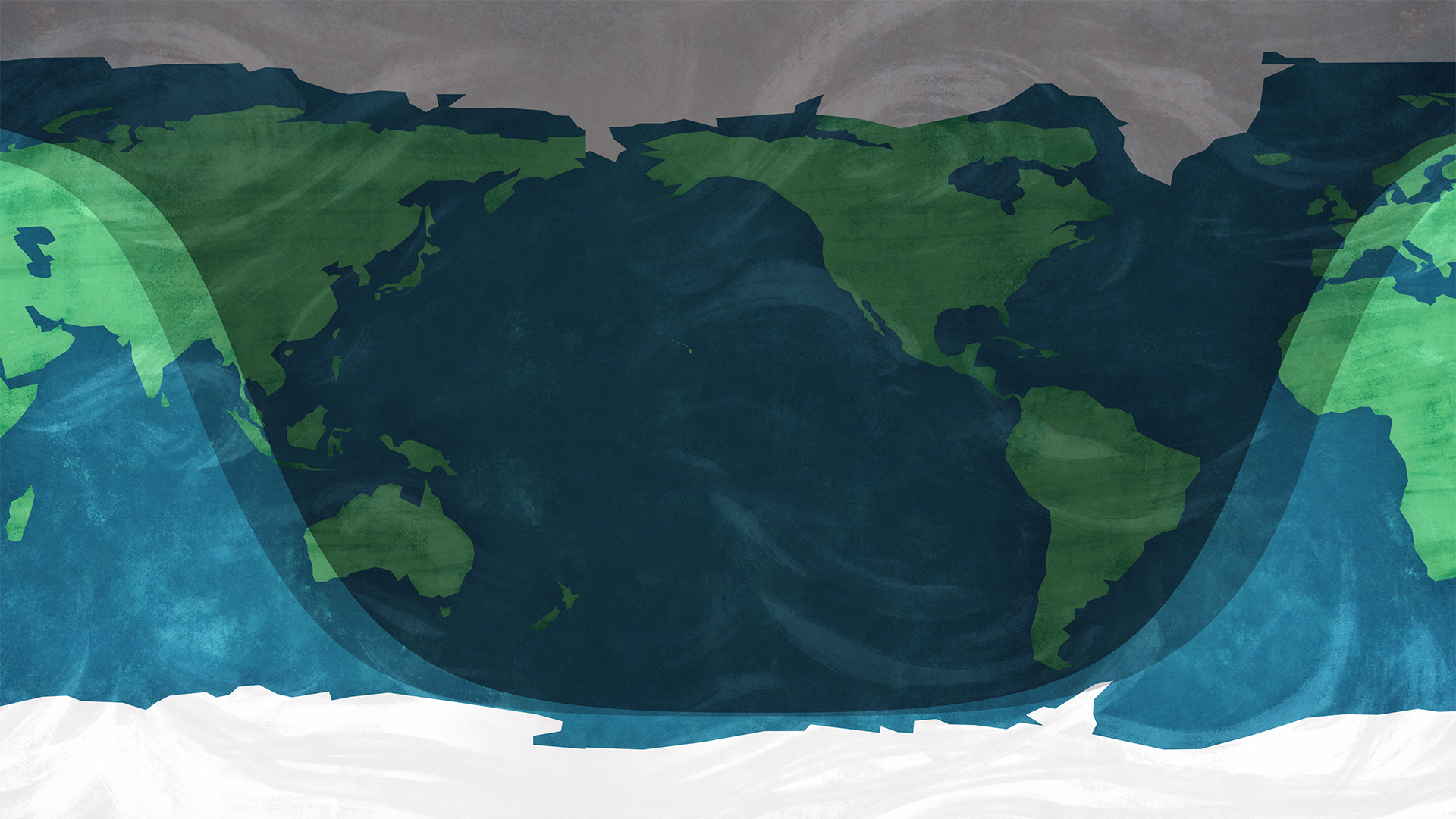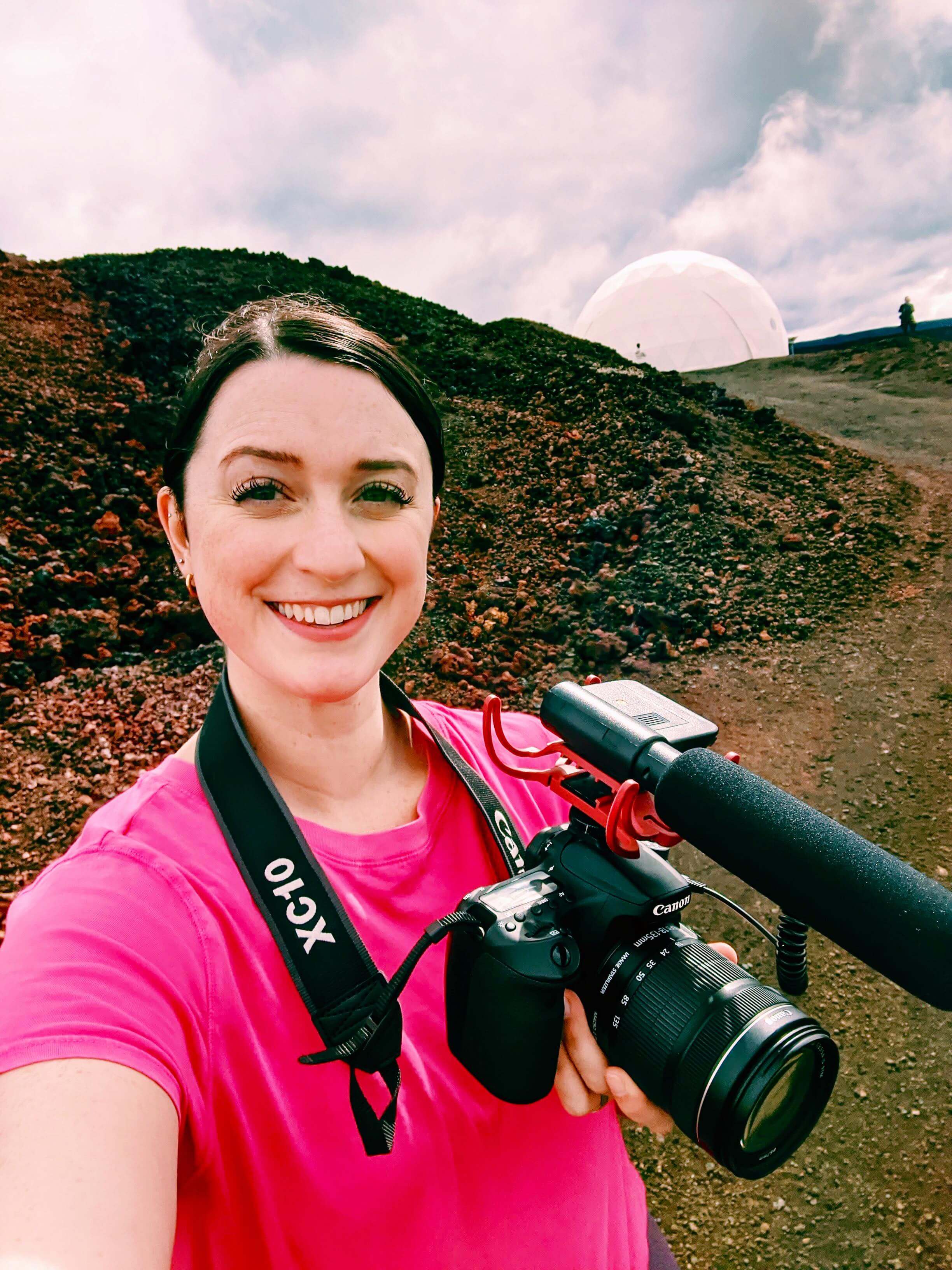Where Should I Look for the Moon Tonight
Look up to see the moon near Jupiter in the night sky tonight. Here's how.

Look up tonight (Nov. 11) to see the moon skate past Jupiter in the night sky.
The moon has been on a planetary tour across the sky this entire week, first gliding past Venus, then Saturn and finally Jupiter, which it will pass tonight. The moon is currently in its first-quarter phase, so it will appear as a "half-moon," or half-illuminated in the night sky.
The pair will snuggle up close as the moon appears to slowly pass the gaseous planet, appearing just 4 degrees apart, according to Forbes. (Your clenched fist held at arm's length covers about 10 degrees of sky.)
Related:How to photograph the moon using a camera: techniques, kit, and settings
Skywatchers might also enjoy "shooting stars" in the night sky tonight, as the Taurid meteor shower continues. The annual meteor shower began around Sept. 7 and will stretch through Dec. 10. The event is a result of Earth passing through the trail of debris left behind by Comet 2P Encke.
After tonight's conjunction (an astronomical term that refers to when two objects look close together in the night sky), Jupiter will continue to put on a show for skywatchers as the planet will appear to draw closer to Saturn in the night sky through early December.
Keep an eye out next week as well: On Nov. 18 and Nov. 19, the moon will drift into Earth's shadow, creating a partial lunar eclipse lasting a few hours overnight. Our Beaver Moon lunar eclipse guide has details on the moon event.
More: See the moon line up with bright Venus, Jupiter and Saturn in the sky

The eclipse will be visible throughout North and South America, Eastern Asia, Australia and the Pacific Region. For those in the U.S. on the East Coast, the eclipse will peak at 4 a.m. EDT (0900 GMT), or 1 a.m. on the West Coast, according to NASA.
Note: If you're looking for binoculars or a telescope to see planets in the night sky, check our guide for the best binoculars deals and the best telescope deals now. If you need imaging gear, consider our best cameras for astrophotography and best lenses for astrophotography to make sure you're ready for the next skywatching event.
Email Chelsea Gohd at cgohd@space.com or follow her on Twitter @chelsea_gohd . Follow us on Twitter @Spacedotcom and on Facebook.
Join our Space Forums to keep talking space on the latest missions, night sky and more! And if you have a news tip, correction or comment, let us know at: community@space.com.

Chelsea "Foxanne" Gohd joined Space.com in 2018 and is now a Senior Writer, writing about everything from climate change to planetary science and human spaceflight in both articles and on-camera in videos. With a degree in Public Health and biological sciences, Chelsea has written and worked for institutions including the American Museum of Natural History, Scientific American, Discover Magazine Blog, Astronomy Magazine and Live Science. When not writing, editing or filming something space-y, Chelsea "Foxanne" Gohd is writing music and performing as Foxanne, even launching a song to space in 2021 with Inspiration4. You can follow her on Twitter @chelsea_gohd and @foxannemusic.
Where Should I Look for the Moon Tonight
Source: https://www.space.com/jupiter-moon-conjunction-november-2021